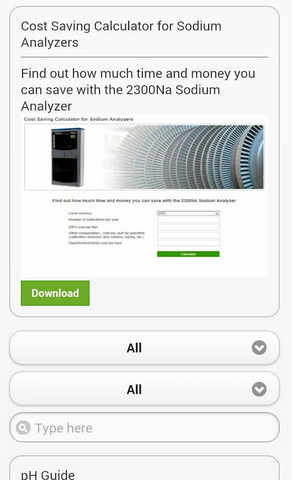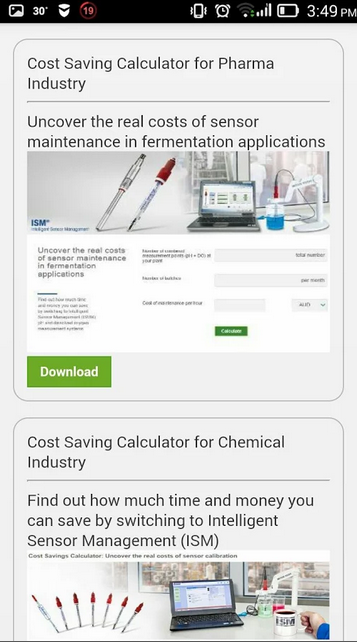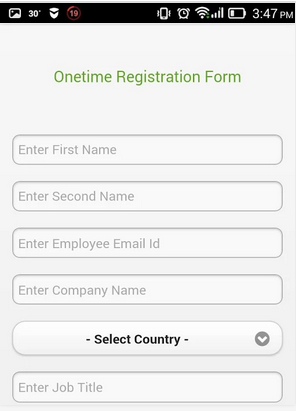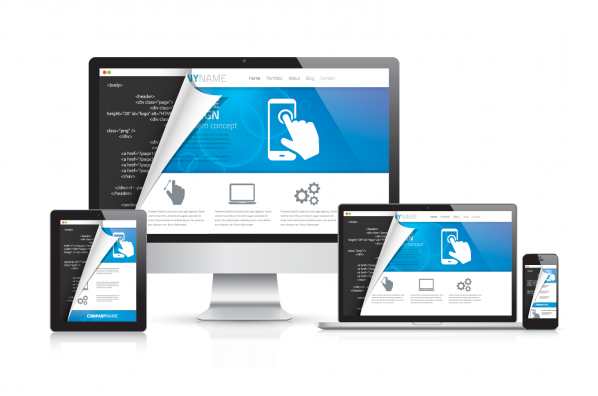Some Important Features Which You Can Have in Your Mobile Apps
This blog post shares insights on what are the important features that you can have in your mobile apps.

Now-a-days, creating and hosting an app is not a big deal. You can create an app in just 2 to 3 weeks and use it for your own organization or for your customers and business partners. You need to select a mobile app vendor and share all your requirements.
Sharing information through mobile apps is very quick and effective. Users can get the latest information or search archived information, quickly, even while travelling. You can create an app for any type of content. It can contain manuals, videos, latest product news, etc.
I would now like to share some of the important features, which you can include in your app.
Some of the important mobile app features:
1. Push notification:
This is an important feature, which every app should have. This is a medium to communicate with the app user directly. Push notification service can be used to send the notification directly to all the registered devices, as an alert. You can send unlimited messages. For example, “Puship.com”, a notification service provider, offers free service for the first 5 apps. It provides a very user-friendly, intuitive interface to manage the devices and send notifications.
2. Searchable content:
Search option helps users to search for particular content. You can also have search filters, so that users can select the filters and get the required information without typing.

3. Content Types:
You can include audio, videos, animations, PDFs, PPT files and MS-Word documents in the app. Documents can be provided in viewable or downloadable formats.

4. Menu:
Menu helps the learner to quickly view the required content or any other activities in the app. The menu icon will be available on all the pages of the app.

5. Dynamic/Static Content:
The content in the app can be static and can be stored in the app itself. Users can view the static content, even when they are not connected to the Internet. For dynamic content like news, you need another application on the webserver. From there, the latest content can be pushed directly to the mobile device. Static content does not require a connection to the Internet, unlike dynamic content.

6. Database:
Using a database you can track user-information. It helps you store and retrieve the information, securely. It helps you manage the app’s dynamic content and user- accounts.
7. Security:
Adding the login feature will secure the content from unauthorized users. You can have a one-time registration and approval process. After creating the account, the user can access it directly without entering username and password.
To make it more secure, you can ask the user to enter his username and password, each time to view the content.
The administrator will receive the account creation requests through e-mail when and can accept or reject the requests. Once the user-account is confirmed, the user can view the app content anytime. The administrator can also de-activate user accounts, if required.

8. Single source multiple format:
Write the app development code once and use it to develop an app for another platform. The source code created for an Android application can be used for the iOS platform. This will reduce the development cost, time and effort. Once the app features are developed and approved for one platform, the same code can be used for other platforms.

9. HTML5 with responsive design:
Apps should have responsive design, so that the content in them can be displayed effectively on various devices with different screen sizes. This may resolve limitation of app works on limited mobile devices. It will also help adjust the content based on the screen and make it easy to read on devices with small screens.

Hope you find this post useful. Do share your views.





